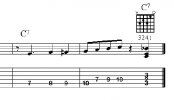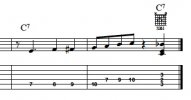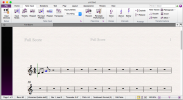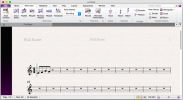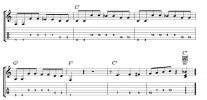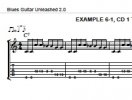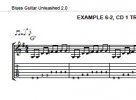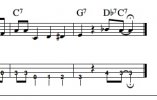David I don't think you are talking to me so PB must be in the thread. He blocked me so I can't see any of his posts at all. So... I shouldn't butt in... but...
1. a marking to swing the eighths is a performance direction because of a
notation short hand. Other performance directions are things like "
p" for soft, "
f" for loud and "
ff" for very loud, or "
< " for crescendo... for examples, and I'm sure you get the point. As a performance direction the only relation swing has to the notes is to clue the performer that the written notes are not played "as written". That is a publishing convention for convenience of both the performer and printer. But you know this already so I think we all can agree here. I find it much harder to read notation for swing feel that isn't written with barred straight eighths.
2. As you said if it is marked swing at the top and something is to be played with straight eighths I have always seen it marked in the score at that point, just as you have. That is necessary for the performer.
3. All publishing conventions were developed to help the performer though things like key signatures and marking to swing were also helpful for the printer. The score contains a lot of detailed information on how to reproduce the original music, which is, of course, the whole point.
4. I agree with you that the eighth rest followed by the eighth note tied to the quarter is easier to keep the beats straight. But musically both notation conventions should be played EXACTLY the same so a performer needs to be able to read them both, in my opinion, but I don't think I'd get an argument

. In the case of software one style may take precedence over another depending on the algorithm used. Sibelius is easy to override the default just by explicitly entering what you want.
My understanding is that the "triplet feel" of swing is just a method to explain how it is to be performed even if the notation is in straight eighths.. Much like the boxes are a method to explain how the fretboard can be decoded.
But you already know all of this. I have no idea what is actually being discussed, or questions being put forth, other than your side of it. Maybe some day I'll get unblocked and can join in as a first person discussion

Eric
 Sorry if this seems like a silly question.....
Sorry if this seems like a silly question.....
